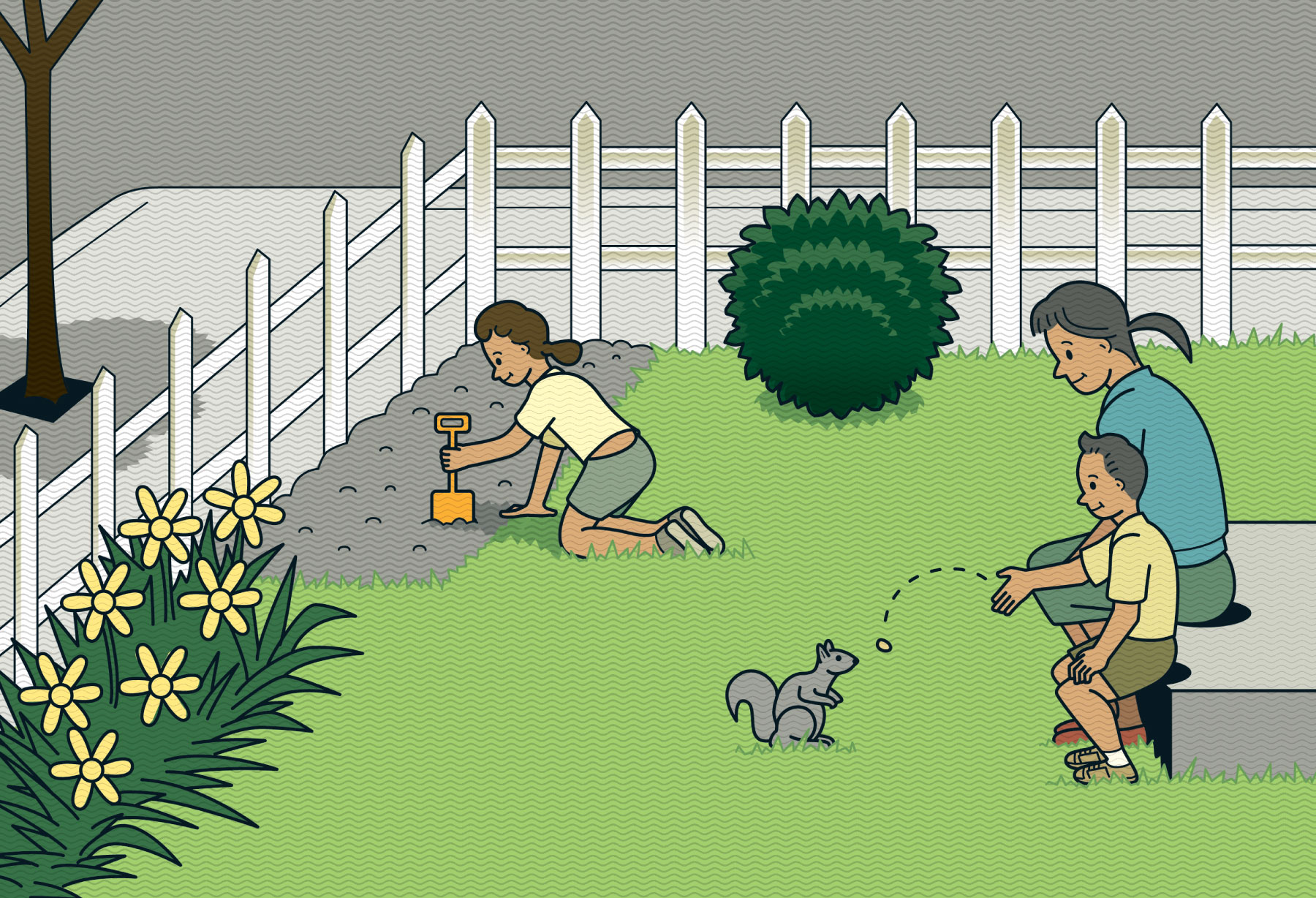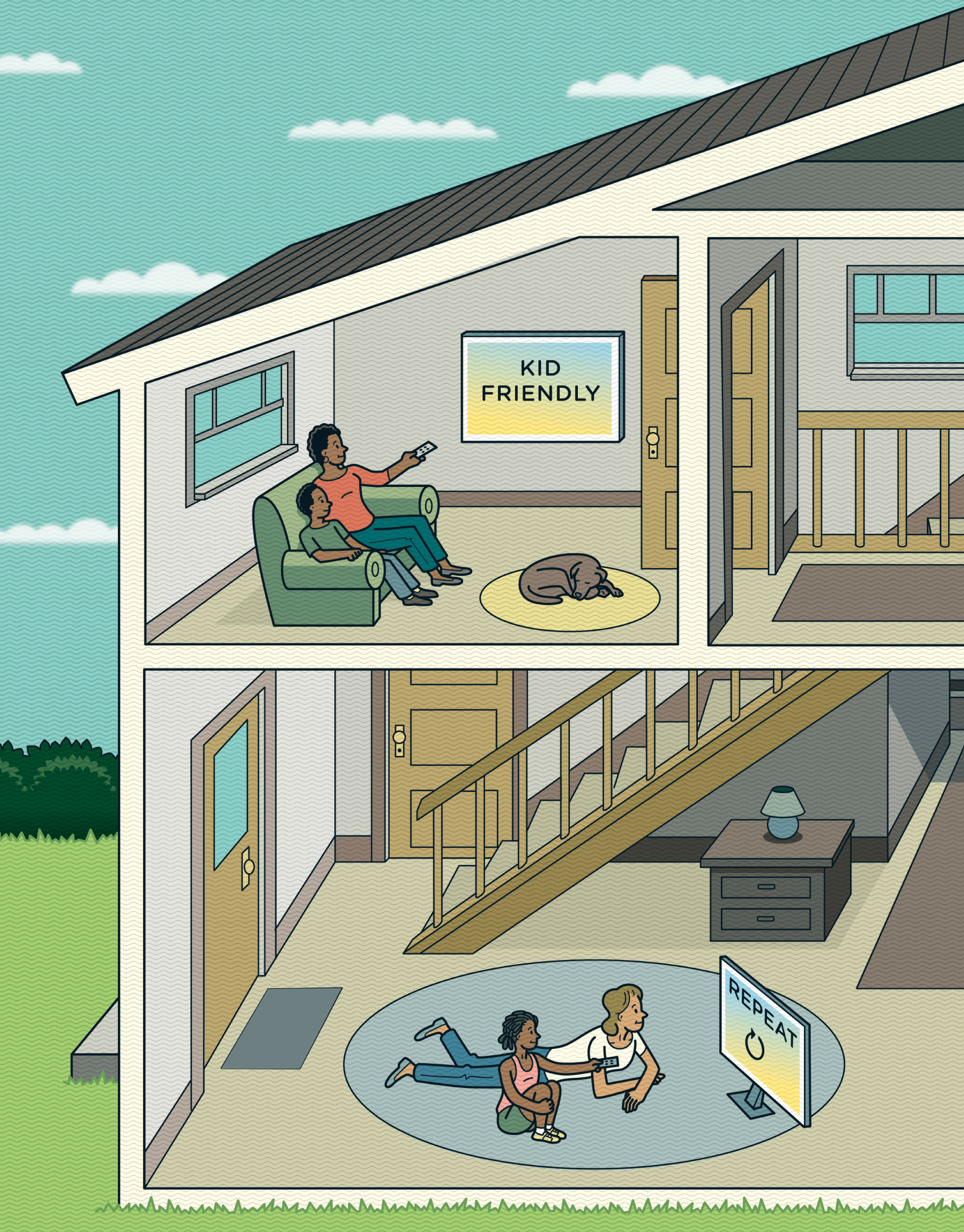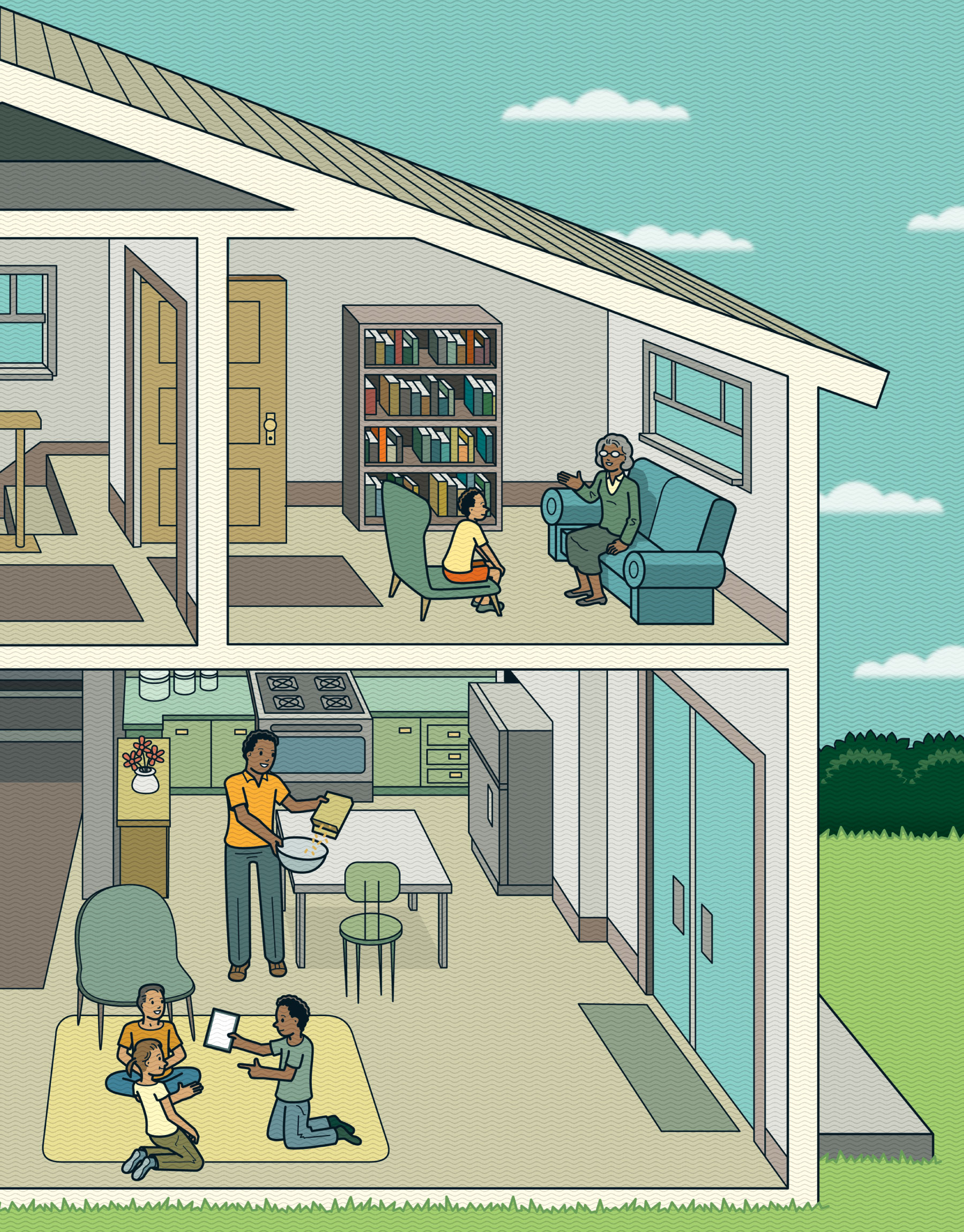Sound Off: Our Research Matters
Across engineering, medicine, communications technology and more, faculty share why conducting basic science research is fundamentally important, opening paths to medical breakthroughs and innovation.
Northwestern experts share the ABCs of early learning. By Clare Milliken
We all want to give children the best possible foundation. Northwestern researchers and alumni across disciplines are working hard to understand how kids learn best, what tools and activities can bolster their development, and how families can use that information to help children reach their full potential.


![]()
“The concern that kids lost out academically during the pandemic is leading preschools to push out play and focus more on rote instruction, which is misaligned with how we know children develop and grow,” says Terri Sabol. “Not to say that academics are not important, but our research shows that play helps young children develop creativity, curiosity and problem-solving skills.”
Experiences in nature are “really important to kids’ development,” says Jennifer Schwarz. Unstructured time outside — digging in the garden or standing on a hill of snow — teaches children to take calculated risks.
If you’re going for a walk with a child, make observations about the nature around you. Splash in puddles or grab a handful of leaves and explain that rain makes puddles and leaves fall from trees. Allow children to explore the world around them.
Engagement with parents and primary caregivers protects young children from stress and promotes well-being. Engagement can be simple: Count how many cars go by while driving with young kids. Identify colors or sounds in your surroundings. Use tub toys with your child during bath time.

Young children can learn from screen media. Make sure the media they’re watching is made for children and educational in nature. Think PBS, not CSI.
Little kids love repetition, which might mean rewatching the same 20-minute video. They’re consolidating information every time they watch, says Sarah Pila-Leiderman. Familiarity is also good. Young kids learn more from Elmo or Dora than from a brand-new character.
Prescreen a children’s show to make sure it’s not too scary or fast-paced. Ideally, watch the show with the child and ask questions — for instance, “Why is Elmo sad?” — to help kids understand what they’re seeing.
If no one is watching the TV, turn it off. Having screens on in the background prevents play and interrupts opportunities to engage with your child and help them develop language.

![]()
There are ways to ensure a conversation is developmentally appropriate and supports learning, even when broaching difficult topics. “When kiddos feel connected to you, they’re paying attention,” Onnie Rogers says. “So when it comes to talking about issues of racism or sexism or violence — heavy, complex topics — [that] foundation is key.”
Young kids don’t understand concepts like race or ethnicity in the abstract; they understand them in what they observe, so keep things connected to their lived experiences. “If you ask a 5-year-old, ‘What is race?’ without providing any context, they might say, ‘I'm going to [run faster than] you,’” Rogers says. “But if you talk about the concept of race by discussing where your family is from, the different skin colors in your community, the cultural traditions you celebrate, you can describe what race and ethnicity look like and how they are experienced.”
“No one wants to terrify their kid,” Rogers says, “but awareness about the world is important.” If you’re explaining a violent event to young children, Rogers suggests being specific and saying something like, “There’s this area of the world where violence is happening. What’s upsetting mom right now is that a lot of people are getting hurt, and it’s scary and sad.” Children can then ask questions, build empathy and learn beyond their immediate experiences.
Among young children, engaging with peers helps boost learning. In a study by Courtney Blackwell, young children who shared an iPad performed better on literacy tests than those who had their own iPad or didn’t have an iPad at all. “When they shared iPads, they communicated with each other. … They had to negotiate, they had to take turns,” Blackwell says. “When the kids were using the iPads on their own, there was no engagement with others.”
Clare Milliken is senior writer and producer in Northwestern’s Office of Global Marketing and Communications.
Reader Responses
No one has commented on this page yet.
Submit a Response